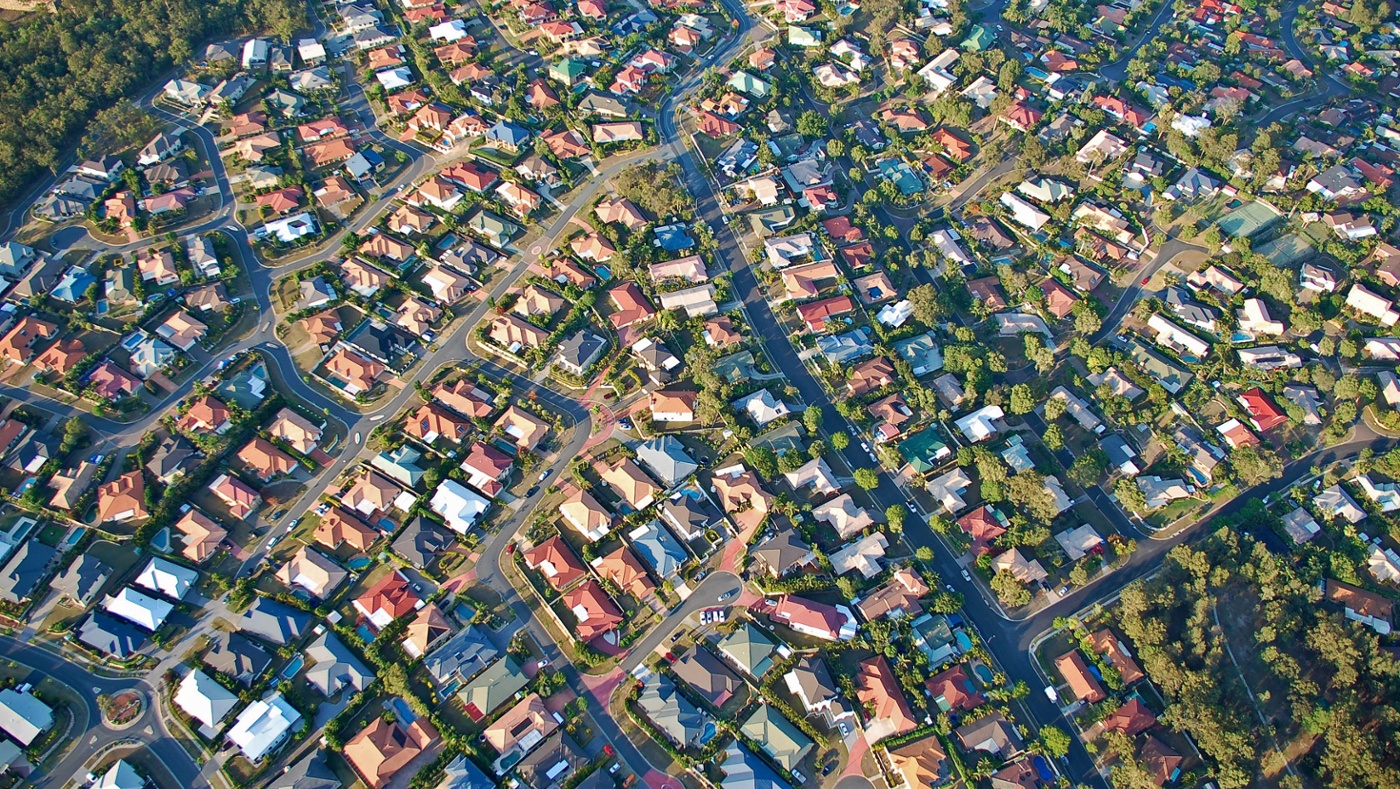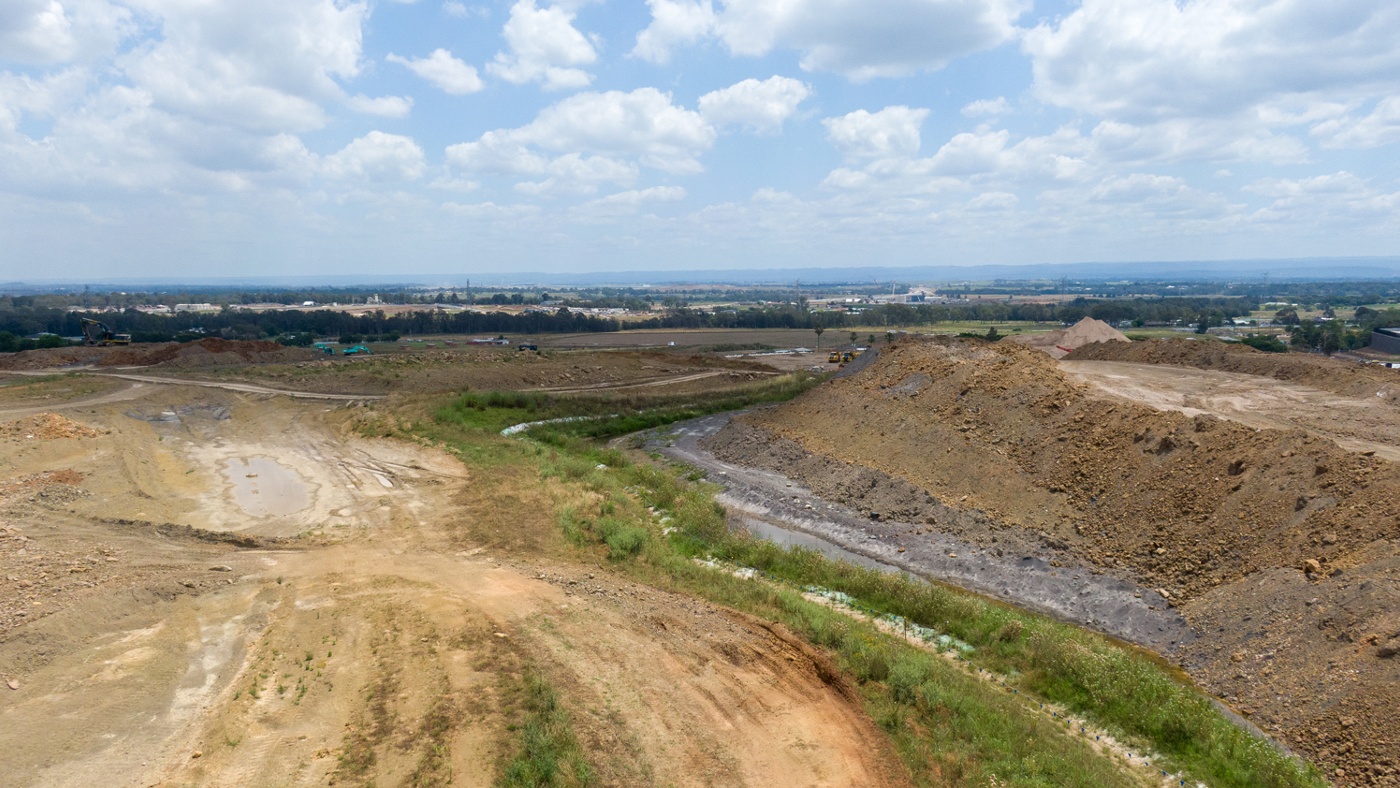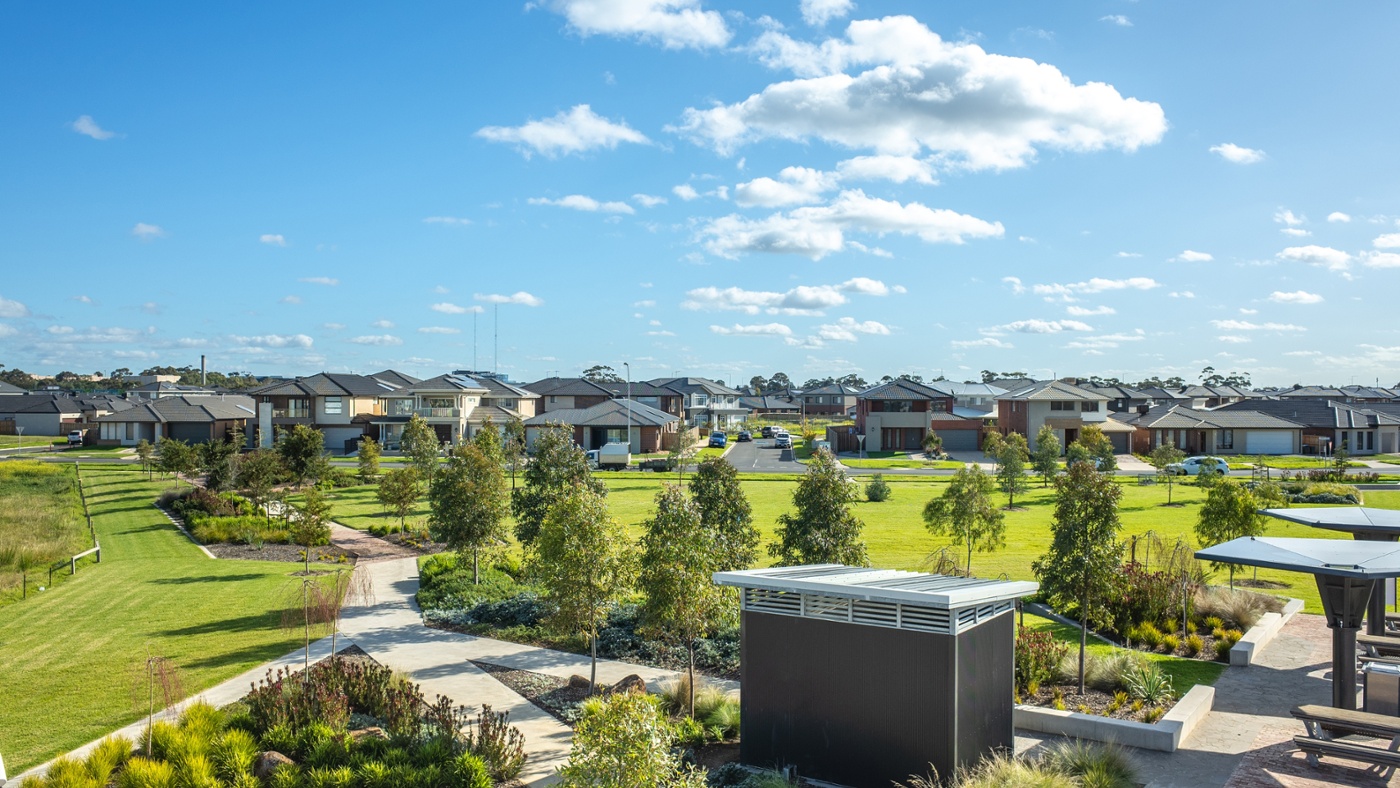The NSW Government has made housing affordability and suitability a key focus since coming to power. The ‘housing crisis’ has seen supply slow and prices rise dramatically, fuelled by a drop in new home construction, materials supply and pricing issues, and workforce constraints.
The Productivity Commission says Sydney should be built up, not out. The NSW Premier and the outgoing Chair of the Greater Cities Commission, Geoff Roberts, have both recently stated that greenfield development should be substantially curtailed. At the same time, the NSW Government is proposing significant changes in infrastructure pricing, and planning reforms to enable more affordable housing:
- Sydney Water’s draft Development Service Pricing (DSP)
- The Department of Planning’s Housing and Productivity Contribution (HAPC).
- A new category of State Significant Development for projects that cost more than $75 million and include a minimum of 15% affordable housing, with floor space and building height increases of 30%.
The principles that underpin these reforms; a more sustainable, equitable and efficient city, are supported. However, land use policy, pricing, statutory controls and infrastructure planning must work together to create more housing choice and supply, improved affordability and a more efficient and sustainable city. The current raft of reforms have the potential for significant impacts on western Sydney.
How infrastructure pricing will hit western Sydney harder
The NSW Government’s population forecasts tell us we’ll need many smaller dwellings and dwellings suited to specific groups like single older women over the next 20 years and beyond. There is also the backdrop of previous strategic planning and policy decisions, with the Greater Sydney Region Plan and District Plans and the Greater Cities Commission’s Six Cities Discussion Paper providing direction for a five-yearly review. State and Federal Governments have made significant investments in western Sydney, with the construction of the Nancy Bird Walton Airport well advanced, major arterial road upgrades complete and new metro lines under construction.
A common characteristic of Local Housing Strategies across western Sydney is the need for smaller, more diverse and affordable housing. Therefore, the answer to western Sydney’s housing crisis isn’t to deliver less housing in western Sydney: land use and infrastructure planning must enable diverse, affordable and well-located housing. Appropriately structured and aligned with land use policy, infrastructure pricing can support those outcomes.
The proposed DSPs and HAPC will, in different ways, work counter to these outcomes:
- Under the proposed DSPs, a single dwelling house is one ET, and the rates for townhouses or apartments are discounted. However, a five-bedroom house pays the same as a two-bedroom house and the same with bigger or smaller apartments. This pricing structure will be a disincentive to delivering more small dwellings and improving the density and diversity of both new suburbs and infill development.
- The DSPs differentiate pricing based predominantly on geography rather than development typology, meaning that a dwelling in Penrith pays about $26,000 (as will a townhouse in Austral). In contrast, a dwelling in Seven Hills pays just under $7,400.
- The HAPC proposes uniform per-dwelling pricing across Sydney, with only a 17% discount for apartments that can deliver densities ten or more times higher.
- A blanket HAPC charge across Sydney is effectively a discount for development in the east where prices are higher, and higher-density residential development is more viable, relative to western Sydney.
The Growth Centres Commission (the original GCC) was established in 2006. The plans underpinning the North West and South West Growth Centres resulted from the collaboration between state agencies and Councils. Structure plans provided a vision and estimates of yield, and infrastructure planning aligned with a sequence of precincts' release, rezoning and development. Initiatives such as the housing diversity amendments allowed a greater range of dwelling types, more efficient land use, and better housing choice. The market has shifted, and apartments that were unimaginable in 2007 are now being built in town centres and near train stations.
The evolution of development in western Sydney since 2006 demonstrates that continuing to expand Sydney’s urban footprint using past models would be a mistake. To assume that will happen moving forward, and to base infrastructure pricing on that assumption, is also a mistake. The Sydney Water DSPs are based on dwelling and population forecasts in western Sydney that assume outdated growth models. Therefore, the estimated infrastructure costs per dwelling (Equivalent Tenements, or ET) are comparatively high in areas where greenfield development is likely to contribute most to the new housing supply. However, these high costs also spill over into areas with significant opportunities for more diverse infill housing.
A per-dwelling pricing structure that assumes low-density development and, with disproportionately small discounts for higher-density development, ignores the efficiency gains that can come from dense and diverse greenfield and infill growth. It will impact inequitably on growth and development across Greater Sydney. Significantly higher water and sewer charges in western Sydney will penalise well-located development that improves access to, diversity and affordability of housing where it’s most needed. Similarly, blanket pricing across metropolitan Sydney (the proposed HAPC) ignores the relative viability impacts on higher-density development. It will work against, not encourage, diverse and well-located housing in western Sydney.
These new charges will cumulatively hit western Sydney much harder than eastern Sydney. The productivity impacts of strengthening investment and opportunity in the east of Sydney at the expense of western Sydney will be significant.
Better alignment of infrastructure and land use planning
Infrastructure pricing is one tool for implementing metropolitan planning policy. However, it needs to be informed by government policy, aligned and integrated with land use planning decisions. The proposed Sydney Water DSPs and the HAPC have the potential for unintended and inequitable consequences for Greater Sydney by accentuating and prolonging the economic and social divide between east and west. They are likely to erode the significant gains in the last 10-15 years in western Sydney, where the approach to planning for growth has progressed, and infrastructure commitments have been and are continuing to be delivered to underpin economic growth and diversification.
The NSW Government needs to do better at metropolitan-scale strategic planning, and the Greater Cities Commission could lead through effective cross-agency coordination of programs that align population and employment growth with sustainable investment in infrastructure underpinned by integrated cost-benefit analysis. Despite being a critical driver of growth capacity, the 2018 Greater Sydney Region Plan barely mentions water and sewer infrastructure. It’s therefore not surprising that agencies don’t have a sound evidence base to plan and deliver their own programs, and that pricing decisions made in isolation will have unintended consequences.
A better approach would be to set infrastructure pricing to incentivise more diverse and efficient growth regardless of where it is in the city. Integrated cost-benefit analysis that considers all the enabling infrastructure needed to support growth would better inform infrastructure pricing and developer contributions. It would also consider the costs, and maximise the returns, on infrastructure already built in western Sydney, minimising the risk of stranded assets and leveraging the economic growth opportunities from the airport.
26th June 2023
Related Insights

NSW Low and Mid-Rise Housing Reforms

NSW Government Releases Industrial Lands Action Plan

Renewable Energy in Focus





